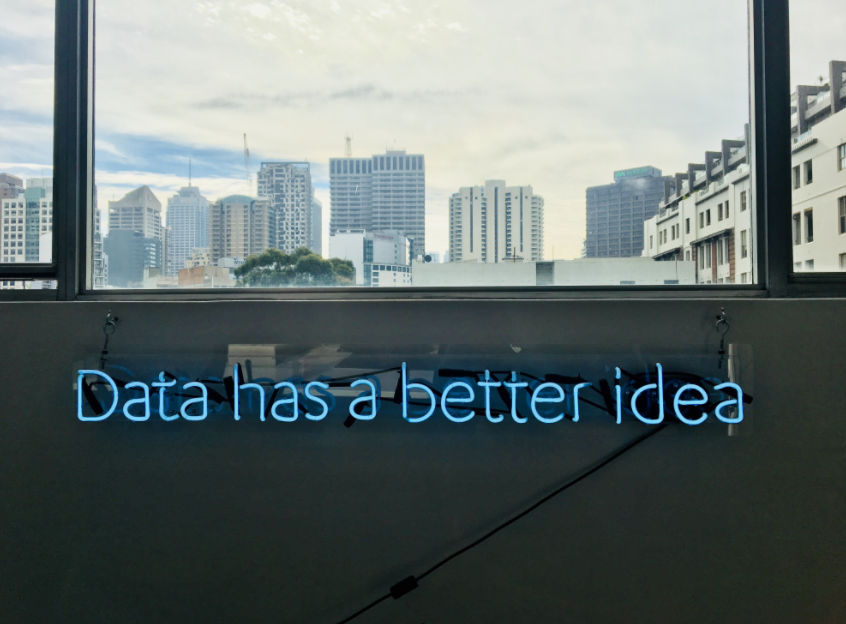The workplace is constantly changing and evolving. Companies around the world are adopting new and emerging technologies at an unprecedented rate. According to Gartner, technologies like blockchain, artificial intelligence (AI), Internet of Things (IoT) and 3D printing are transforming the way we do work.
Cloud and digital platforms have given rise to the mobile workforce enabling employees to work anytime, anywhere and from any device, simply with an internet connection. A recent study predicts that by 2023, the mobile workforce will represent 43% of the global workforce , you can just look around any office and see the changes happening. Video conferencing, interactive whiteboards, hot desking and mobile printing are becoming more common in the workplace, the use of Robots for repetitive tasks to reduce FTE (RPA).
All these technological transformations deliver numerous benefits – like enhanced productivity, improved collaboration and smarter and faster ways of working. But as an IT professional, they can create a lot of challenges.
How do you prepare the business for these changes? How do you make sure that your current technology infrastructure will be able to support the office of the future? In this post, we will look into these emerging technologies, and guide you through the steps of future proofing your tech stack for tomorrow’s workplace.
Keep up with the latest technologies
Technology is evolving very quickly. It becomes difficult to stay up-to-date with the changes in the business environment. The first step in future proofing your tech stack is to keep up with the latest technology trends and innovations that will continue to transform the current workplace.
Here are some of the technologies you need to keep an eye on:
- Artificial Intelligence (AI)
- Robotic Process Automation (RPA)
- Cloud computing
- Mobile technologies
- 3D and mobile printing
Align technology with people and processes
It is important to understand that future proofing your tech stack does not only involve the actual technologies. The workplace of the future will also be about people and processes. Gartner believes that work will still revolve around humans at least for the next 10 years.
People are still most company’s best resource, and technology should make their lives easier and help them be more productive and efficient. Advances in AI, cloud, and automation should enable employees to work smarter, faster and produce better results.
To future proof your tech stack, you need to consider tools and applications that benefit both the business and its people. Any changes need to be properly communicated – so each employee understands why it has to happen, the benefits of the change and their specific role and responsibility.
To ensure successful adoption and implementation of any new technology, you also need to carefully plan for onboarding and managing change management issues.
Lastly, update your current policies for future workplace requirements. These policies should include:
- The overall vision and objectives for the next 5-10 years;
- Roles, responsibilities and process guidelines to enable new and future workplace technologies; and,
- The necessary security, confidentiality and privacy procedures for every team and employee.
Choose the right technologies
This may sound simple, but it can be a challenge to identify the right technologies for your future workplace.
We suggest doing some research first. There are new technologies appearing regularly that claim to provide different applications and benefits to the business. Take the time to understand which technologies actually work and which are still being tested (with a high failure rate).
It would also be good to know what other companies have experienced when implementing the new tech in their organisation. In other words, don’t just implement the latest innovations. Do the proper research and due diligence.
Here are a few more tips to help you to find the right fit:
- Pick tools and applications that fit the company culture and how your business operates
- Invest in technologies that integrate seamlessly with the current systems and processes
- Implement flexible and scalable technologies in your stack to adjust for future changes
- Have employees test new technology before implementing
Choosing the right technologies is an important step in future proofing your tech stack. You must choose applications and platforms that not only deliver productivity benefits for the business but also integrate well with the company’s current and future needs, infrastructure and processes.
Upskill and train employees
With any new technology comes the need for education and training. According to McKinsey Global Institute, most jobs will change in the future with 60% of all occupations having at least 30% of their activities technically automatable. This means more people will have to be trained in new roles and become familiar with working with new technologies.
Future proofing your tech stack includes preparing and up-skilling employees for tomorrow’s workplace. Advances in automation and digital technologies require the development of new skills and capabilities.
You will need to guide all staff through the changes and build the framework to enable training for more relevant skills now and in the future. This can involve:
- Updating everyone on the latest trends and emerging technologies
- Communicating integration plans for new tools and applications
- Delivering regular training sessions for new technologies
- Documenting processes and procedures
- Providing constant support and guidance
This post was first published by Kyocera Document Solutions Australia.
Coreform is the fastest growing channel partner for Managed Print Services.
We are Smart Data Capture and Document Management Architects and systems integrators.
For more information get in touch with us for a free Digital Transformation assessment.



